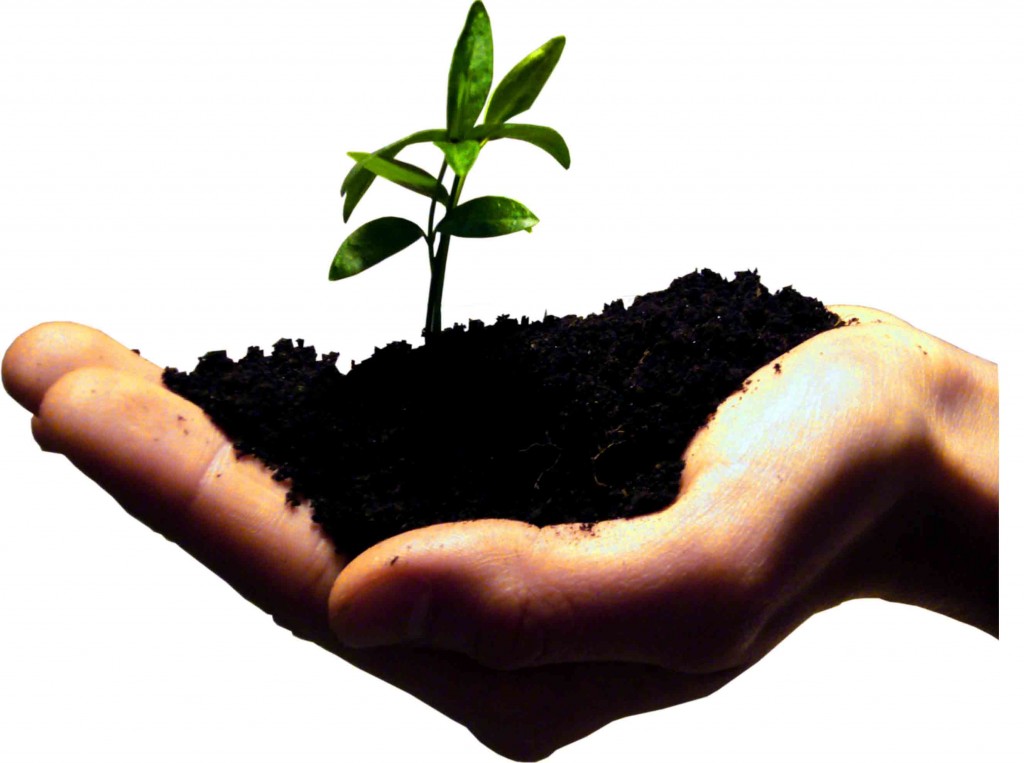
For a startup, there are always arguments about whether to build a good experience or instead ship something workable out quickly. These two seem contradict with each other and it is usually hard to decide for many startup founders. But in order to win over competitors and gain large portion of market shares as soon as possible, founders must think fast and make their life change decisions. So how should we decide whether we should focus on good user experience or we should ship out the product out? Here are some suggestions from Jared Spool
In fact, the main factor to consider is the market stage the new product is entering.
Technology Focus Stage
If this is a product that is so novel, so new, that it doesn't have any competitors AND it is likely to be highly desirable, then people will put up with whatever user experience you give them. After all, they need this and you're the only one to give it to them.
In this instance, you want to focus your UX efforts on the minimum most-valuable design. Cut out any features or elements that aren't directly serving the core desirability.
If it is novel and new, but the desirability isn't immediately obvious to the customer, then the UX efforts will need to focus on communicating WHY this product is important to the user. It needs to have an immediate "Oh, that's cool!" impact. (We're not talking flashy, superfluous graphics here. We're talking core communication of why this product is something the user needs.)
Feature Focus Stage
If there are other competitors and the product customers / users are deciding on yours because of critical features you're offering, then the UX won't be as high a priority as the the feature implementations. Investing in cleaning up unimportant features is a waste of effort.
In this stage, your UX efforts should focus on a few things:
- Making sure you know what the distinguishing features are and (most importantly) WHY they are important to your customers.
- Making sure your design communicates the WHY and the HOW for those features. If your design demonstrates its superiority out of the box and users can put it straight to use, you'll have a real advantage in this stage.
- Tracking your competitors' designs to ensure they don't get an truly advantageous features too far ahead of you. Spending time watching your users interact with your competitors' products can be very eye opening and produce a lot of new product benefits to incorporate.
Experience Focus Stage
At some point, in the marketplace, there are no more features that anyone can add. (Think of Microsoft Word. What new features could MS put into Word tomorrow that you or anyone you know about would care about?) At this point, the emphasis shifts to the overall experience of the product. Customers / users start thinking about issues such as ramp-up time and conversion costs.
If you're building into a mature market, trying to differentiate your product purely on the overall experience, you need to invest heavily in UX. You'll need to pick a lucrative niche of the market and learn everything there is to know about those folks. You'll need to do a lot of research on what is the minimal key functionality that makes the product succeed for the niche you're going after.
You'll want to reduce any conversion or on-boarding costs for your users, making everything get started right away. This could mean having smart data converters or import capabilities that just work "auto-magically" to get the user up and running. You'll need to ensure that your design matches the users expectations (from their previous experiences with your competitors products), so they have minimal "brain reprogramming" costs.
